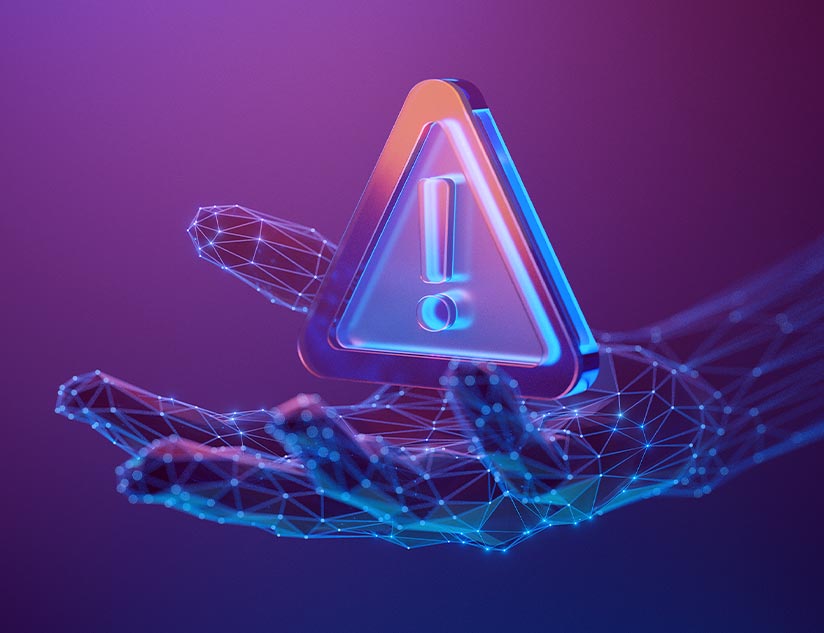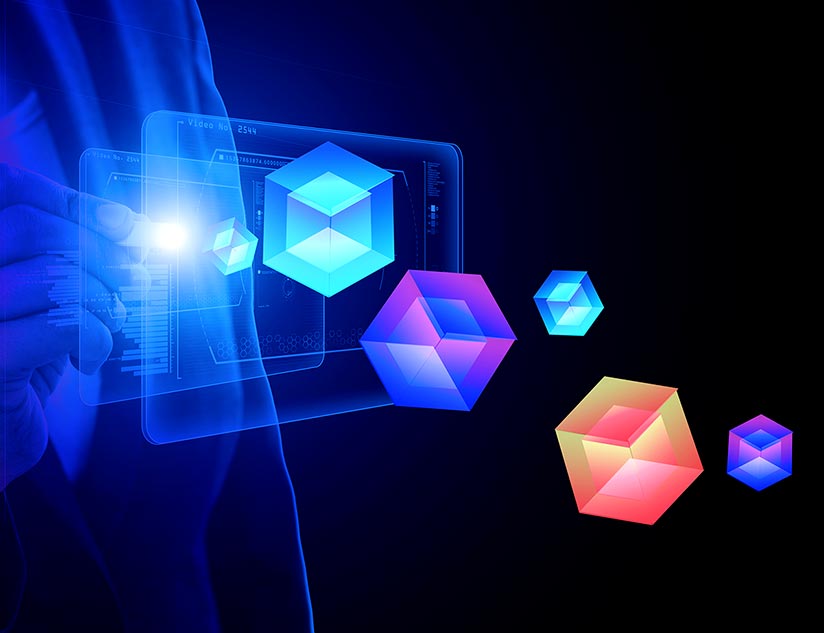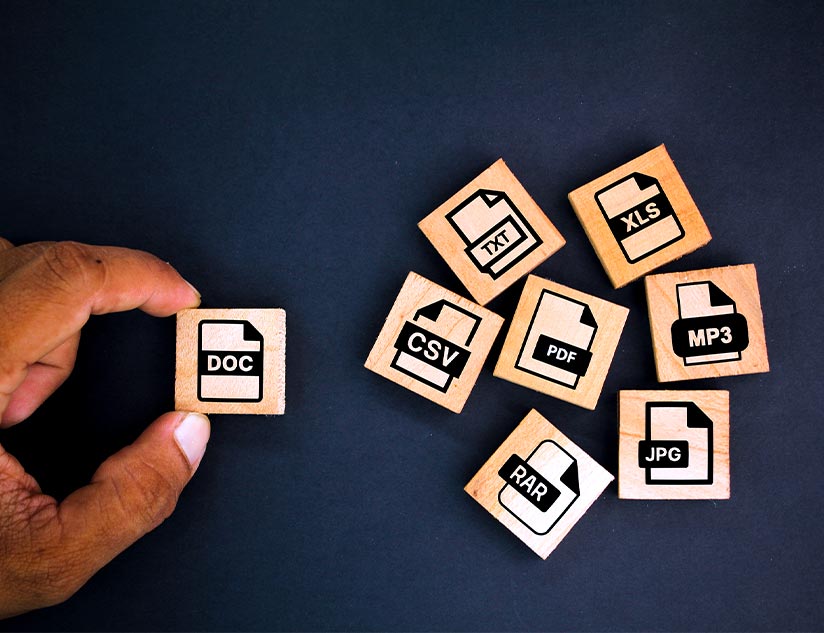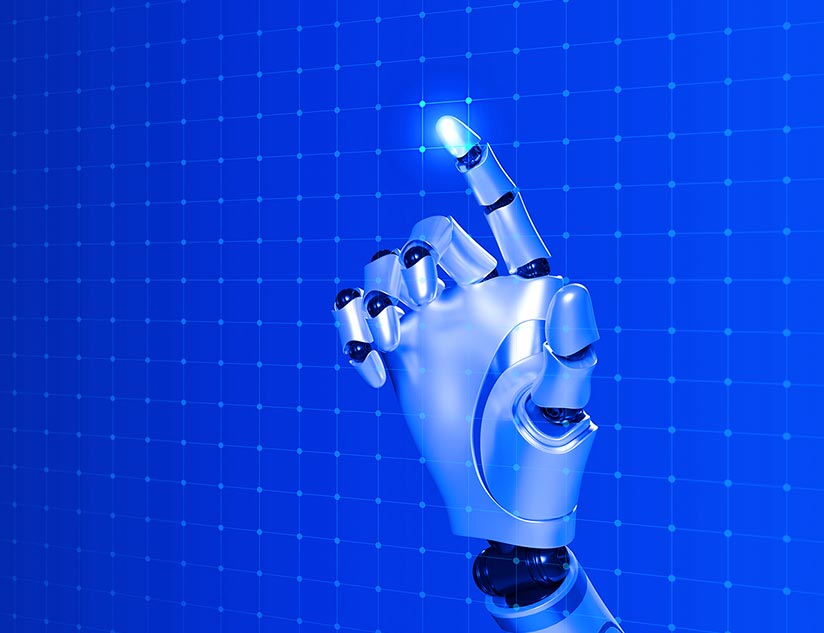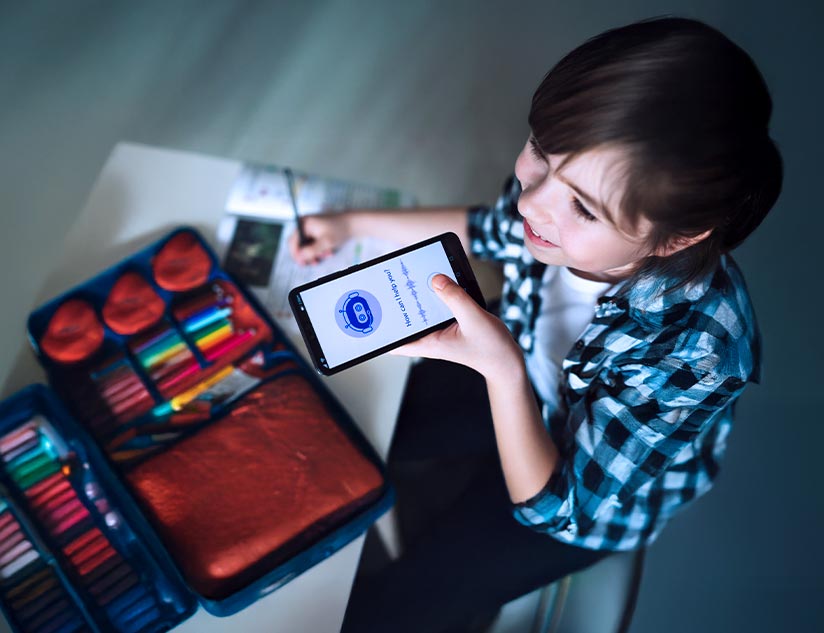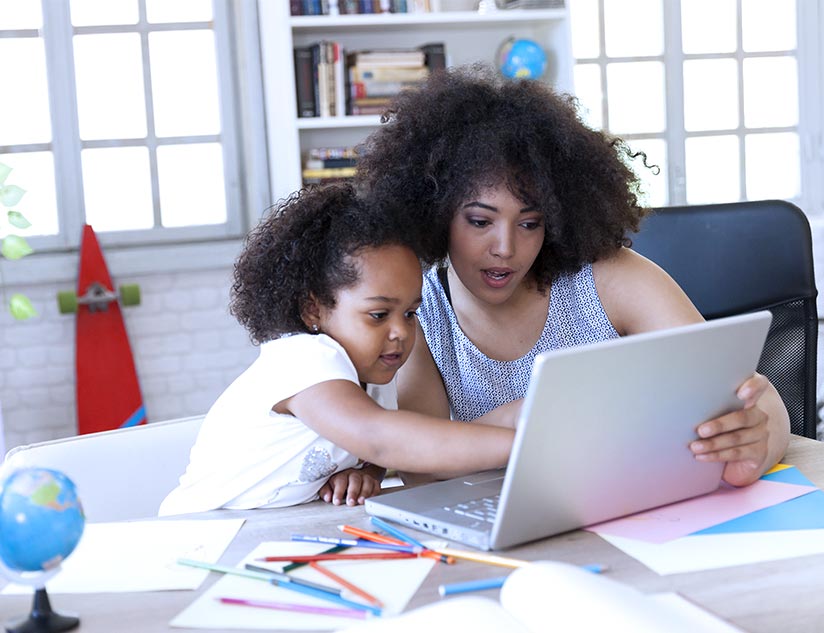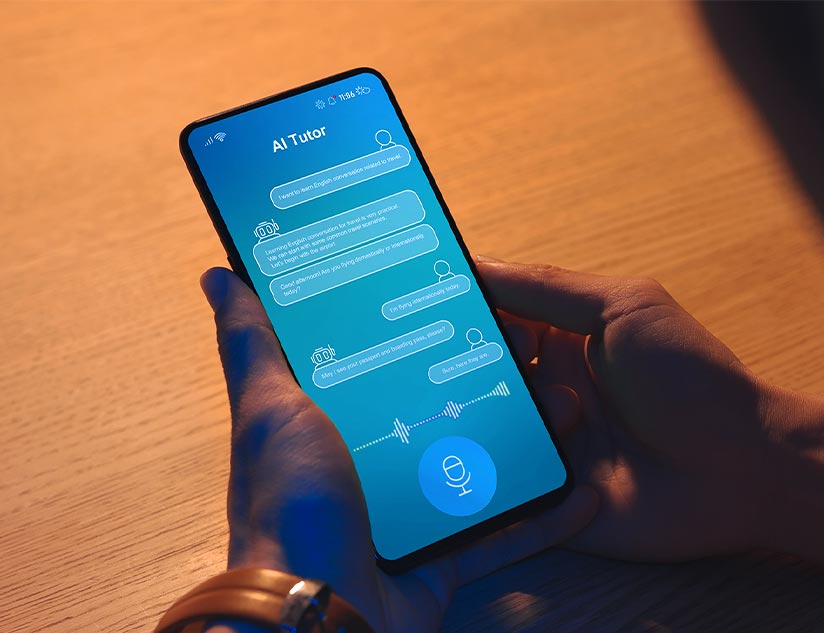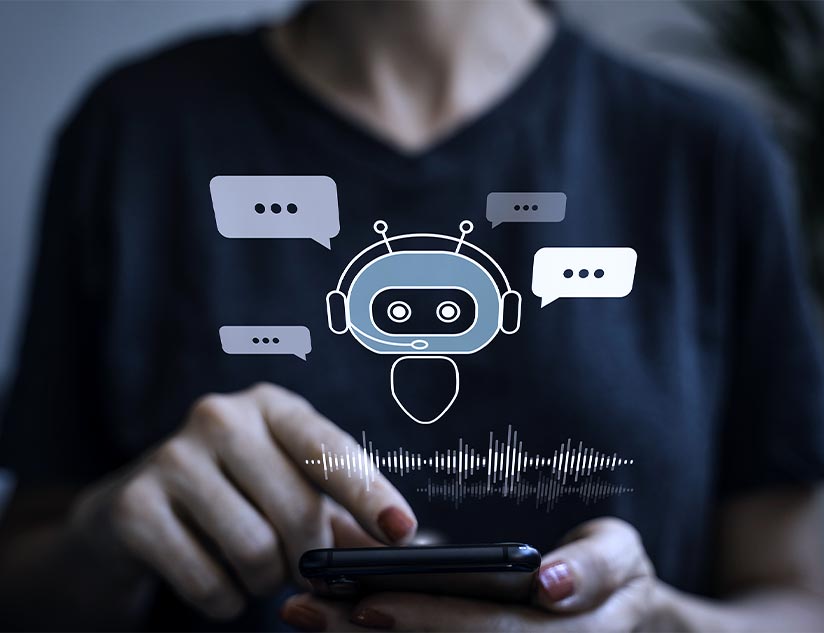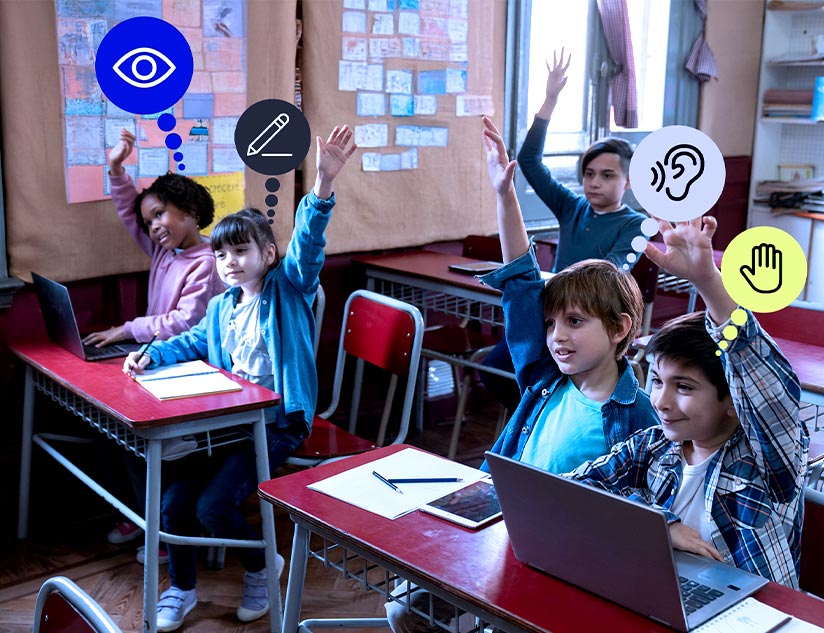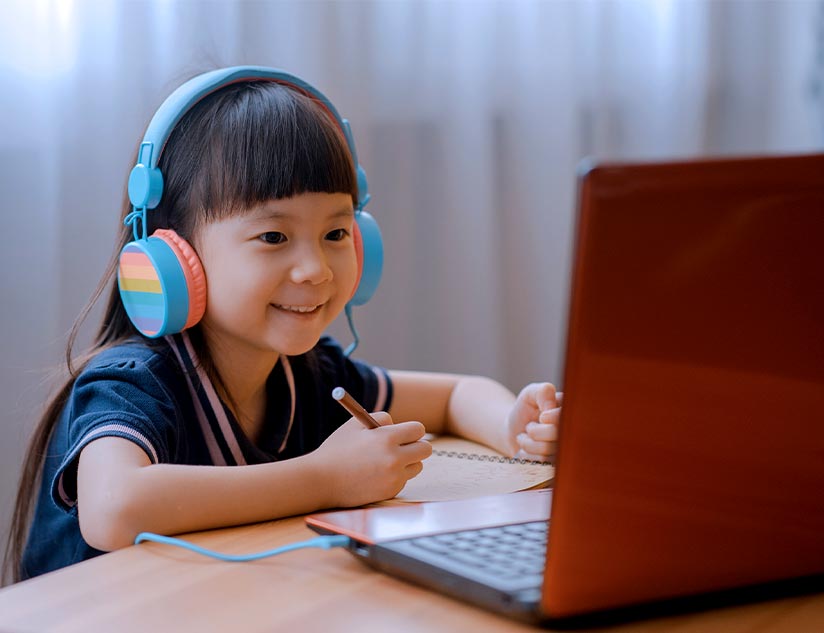Technology is improving at an unimaginable pace. Human’s dependency on technology has led to the advent of AI that helps finish tasks at a speed we cannot imagine. With computers being able to accurately recognize speech and gestures, it is being speculated that interacting with robots will be as natural and easy as interacting with humans.
The web, the smartphone, all that seemed magic 20 years ago, has become an integral part of our existence. With our dependency on technology, there is no doubt that it has the capability to take over the roles played by us. There’s been stimulating advances in generalized machine learning.
With the world being at the cusp of a new technological shift, often questions are raised regarding robots taking over the human race. Industries have already deployed robotic technology to complete dirty, dangerous tasks, and AI has started gaining greater social abilities. This all leads us to question the ability of robots taking up the classroom and undertaking responsibility of a teacher, of how it impacts or will impact the classroom of future.
The idea of robots excites every child. Imagine a class visit to a nursery or counsellor where a small, friendly humanoid robot named Poe illustrates the benefits of eating green veggies. Poe has some engaging mannerisms and ensures there is a joke every once in a while. The children are immediately taken over by his charm. Suddenly, the distracted lot is more focused. They listen to Poe ever so carefully. They go back home and narrate all the interesting facts that they got to know about green veggies. All this makes Poe the intelligent person that he is.
This briefly sums up how it would be if robots took classes. Robots are now being used as an intermediary tool to explicate theories of mathematics and science. When a robot acts as an educator or mentor, the children encounter it as an apparently social being. The evolution of Artificial Intelligence is a way to achieve higher educational objectives because it allows us to identify gaps in lectures.
Read more: Artificial Intelligence Leaps into K-12 Education
Current Robots in the Classroom
Institutes and learning systems are currently experimenting with robots at a nascent stage. Social robots are being used as makeshift teachers or as classroom companions.
- In Japan, for instance, Saya is a humanoid robot controlled in a Wizard of Oz set up. With a feminine look, Saya can speak brief sentences which are accompanied with appropriate facial expressions. This robot has been positioned to deliver information about the principles of leverage.
- Telepresence robots are another form of robots found in classrooms. These robots, with anthropomorphic appearance, are known to establish telepresence communication between children, remote teachers, and between children in different classrooms. It has been observed that children engaged more when learning from a controlled robot rather than when they interacted with the teacher via Skype call.
- IROBI robot, a home educational robot, is operated semi-autonomously, with some human supervision and is used to facilitate English learning classes. Designed to appear friendly and accessible, studies show that students learned better when lectures were presented by IROBI as compared to other media, such as with an audio tape, etc.
Saya, Telepresence, and IROBI are only a few examples that prove that the idea of robot teachers in the classroom is no more limited to the realms of science fiction.
However, the abilities of robots in classrooms is currently limited and often aided by remote control and mostly human intervention. Robots taking over teaching in classrooms is only achievable when teaching itself is viewed as a means of effective content delivery and little else. ‘The aim of classroom teaching is to nurture learning and interaction, not a mere mechanical process’. It brings us to a critical question. Will Artificial Intelligence be acceptable in the classrooms and help achieve the educational goals of this critical and dynamic system?
To accept a robot’s effectiveness while teaching, it is important to measure the extent to which the audience learn and retain the information delivered in the lecture. Also in question can be the physical attributes of the robot along with its ability to interact and respond to children. Another interesting point that needs thinking is the level to which children trust and believe in robots that are presented in a teaching role.
Possible Use of Robots in Classrooms
For the purpose of this article, we look at four scenarios that exemplify different roles for robots in the classroom. They differ in the extent to which the robot replaces or supplements.
Scenario 1 – Robot as Classroom Teacher
Say if the Robot was a teacher at the Tendance High School. She would need to know all about the lesson that needs to be taught. Additionally, the robot would also have to meet the behavioral aspects of children such as when they are nervous, upset, excited or loud. A classroom teacher as robot also acts as a figure of authority.
Clearly, this has to be a highly evolved robot with immense ability to handle the subject as well as the human aspects of teaching. AI in its current state will not be able to handle these associations. However, they can be used as a replacement solution once in a while to deliver customized lessons. Teachers will still be required to handle the robots at all the levels. For more insights, read our blog – Integrating Machine Learning in Education Technology
Scenario 2 – Robot as Companion and Peer
Robots can also be placed as companions to difficult peer. Interestingly, the intelligence of this robot – assuming he is smarter than all the others – will be an area of concern. Do you want a robot that has average intelligence compared to the class in question or one that is uber-intelligent compared to the class?
Care needs to be taken to identify the best way in which robots can be placed as the peer. High school students routinely deal with problems of friendships, self-esteem, competition and more. These problems could become complex with the introduction of a peer who is managed by artificial intelligence.
Scenario 3 – Robot as Care-eliciting Companion
Modern world problems have led to the issue of caregiving support for the specially-abled as well as for the generation that is growing old. They need special support at all times, something that is not available easily with the younger generation having no spare time at their disposal.
This is where a robot with reasonable efficiencies of handling the indisposed can work well.
Scenario 4 – Telepresence Robot Teacher
A Telepresence robot supplements a human teacher. Just like in scenario 3, we can use these robots as a support system. They can be allowed to help with the more automated tasks such as setting reminders, clearing up, cleaning up and more.
Ethical Concerns About Robots in Classrooms
With technology advancing at a super-fast rate, privacy concerns have also become debatable. Since robots can interact via sensors, the information recorded gives rise to questions pertaining to what information should be stored, and who is permitted to access it.
Robots in the classroom are equipped to recognise individuals and children are given radio frequency identification devices (RFID) tags. AI can now recognize faces and this ability of robots to identify and name children raises questions about record keeping.The problem with RFID tracking is that it counts the students as a part of class even if the student is not present at the desk. Also, classroom robots do have a negative impact on students privacy, especially when they masquerade as their friends and companions, and when sensors are used to measure children’s responses, Robots being designed to reply appropriately to humans can surely make the interaction easier. However, close on its heel are the risks associated with the bonding and trust that a child would develop in relationships. This trust is damaged when they later realize their friend is actually a programmed entity.
All this leads to children adopting the apparent values of the robot, grounding their social skills on the behaviour of the machine rather than on a living, empathising human being. Nevertheless, if robots are to be used as classroom teachers, it is important to carefully delegate any decision-making capabilities. For instance, a robot that is facilitated to act as a companion will be expected to make decisions about a child’s performance. Therefore, it is necessary to ensure that any such decisions are ones that are suitable for a robot to make.
Why to Use Robots in a Classroom?
Despite all the concerns listed above, there are reasons to support the use of robots as they can help in opening gates and providing educational opportunities that would otherwise be inaccessible. Their use can also help cut costs involved in hiring teachers. A third reason for favoring robots is the technological advancement and cutting-edge solutions they can provide.
Though a robot can be programmed to deliver lectures, it is not certain that children will learn better, especially once the initial novelty of the robot as a teacher has worn off. As we discussed earlier, even if robots are fully programmed to deliver a curriculum, it is not sure that they will become best teachers. A good teacher holds the ability to find the zone of proximal development for a child and be able to teach them just what they need to know, just when they need to know it.
For further discussions or any query, you may reach us at https://www.getmagicbox.com/contact-us/


